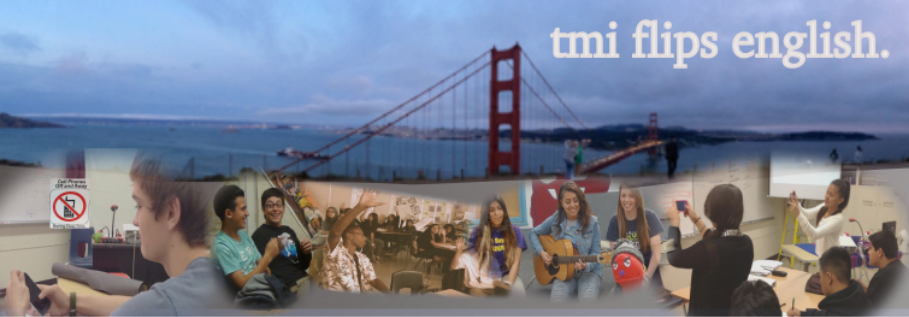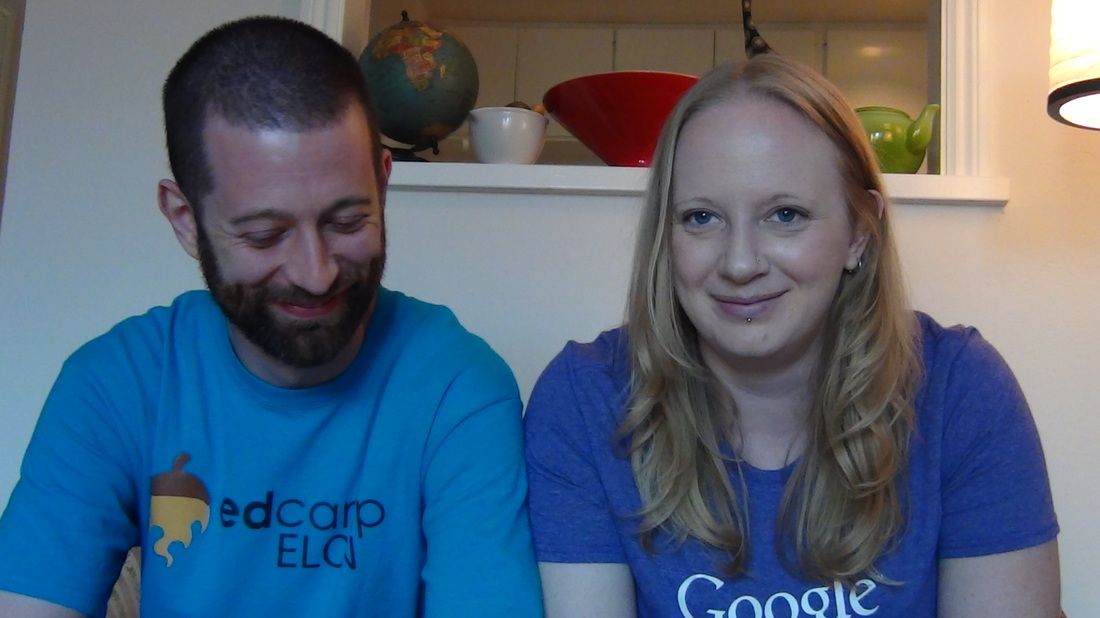The way I read has changed now that my use of technology has changed. Let me give you an example.
I read Looking for Alaska. You should too. But luckily for me, Andrew (my favourite person with whom to read a book) HAS read it. So as I was reading, and crying, and laughing and wondering how John Green got so nerdfighting awesome, I was also doing something that has become part of my reading ritual/routine/practice these days.
I was messaging Andrew with quotes, thoughts, connections to our own lives, and questions. I found that when I was struck by the beauty of something, I wanted to just send him the quote. So I would type out the quote and often realise just how much more beautiful it was as I was copying it verbatim. And he would respond, and we would talk about it.
And it made me love the book even more.
Then I read An Abundance of Katherines. And he hasn’t read it. But he (and you) should. I found myself actually enjoying it a bit less, not because it was inherently less enjoyable, but because I wasn’t getting the same interaction I had with Looking for Alaska, and before that dozens of other books Andrew and I have read together (synchronously or asynchronously).
When I read, I often take on some of the images, metaphors, turns of phrase, or other subtle patterns in my own writing. I’ve found that having that kind of assimilation with my favourite books deepens my own ability to express myself, and simultaneously communicates a deeper meaning to anyone familiar with the original work. I can make an allusion to a character, or a particular scene, and the background of my writing becomes so rich with references that it is a tapestry of meaning to which only some of my readers have access.
That may sound elitist or exclusive, but it’s something we all do. We make inside jokes with people as a function of relationship. It connects us to them, and adds shades of depth to our ordinary interactions. It creates backstory and shared history. It knits us together in thousands of tiny stitches. And that’s the same way authors connect to the readers - they give us in-jokes, references to famous stories and situations, and in that way, we understand the world they have created and can see ourselves in it. If the book is really good, those ideas can actually mean something both inside of and outside of the original context of the novel.
You only have to look to fandom to see that this works extremely well. How many people dress up like Star Trek, Star Wars, Harry Potter, Hunger Games, etc. characters because they feel like it’s a world they inhabit? On a smaller scale, I was at church on Sunday and someone came in wearing a The Fault In Our Stars shirt (the one that matches the cover, only it says “okay” instead of the book information). I told her how much I loved John Green and the book and therefore, the shirt; instantly, we had a point of connection where none existed before. The same thing happens when I wear my birthday present from Andrew - the NOT COOL ROBERT FROST! t-shirt. Anyone who recognises it is really just recognising one of the stitches that hold us together.
It’s part of human nature to seek connection with others. And one of the ways we do that is through telling stories and imagining ourselves and other people complexly.
So that is what Andrew and I have been talking about lately. We wanted a way for our kids to engage in many of the same practices that we do as readers: practices we try to model for them so they can see proficient readers and start to change their conception of what it means to read with thoughtfulness and depth.
That’s originally where the ideas for reading journals came up. When we read books that we’re teaching (or preparing to teach) we don’t do formal annotation, but we do some informal reading journal strategies (and one of us who will remain nameless uses only envelopes and file folders for these). So I showed my students my crazy messy notes (that I have cleaned up and posted here, along with instructions if you are interested) and talked them through what my idea of a reading journal is.
But first, what it’s not:
- Cornell Notes, or other kinds of structured note-taking
- Graded or evaluated in any way
- Treasure hunting for symbols or metaphors
In fact, there are only a few things I insist be included:
- Actual thoughts about the text
- Something that responds, connects, or interprets the text
That’s it. They can illustrate or use other visuals, they can write out quotes, they can tell a personal story, they can make bullet points of key words or ideas, they can note patterns or repeating language/ideas/themes, etc. Most of them do a combination of those things. Some like to write down quick thoughts and then go back and write a more polished version at home that night.
The point is that I want them to have something that they wrote about the text during or just after when they read. I’ve found that it increases comprehension, helps them formulate questions so they engage the text more fully, and assists their composition and planning process when the time comes to write the essay or do the project at the end of the unit.
But here’s the flaw in the plan: they are the only one benefitting from these. They do share with their group, and then often with the whole class, but that is a very limited sphere of influence.
That’s the flaw this New Idea is designed to address.
So instead of doing all the reading journals individually on paper (some do them digitally on their own device), we want students to choose one section of the book and do a video reading journal. This will look a little like the Death of a Salesman videos I wrote about in the last post, in that they will get a particular section of the book and will be asked to work in a small group to make a video.
But there’s a slight difference. This video isn’t about analysing character. It’s about connecting to the text. And they can talk about anything they want, so long as it gets them to engage and read both academically and empathetically, treating the characters and situations with thoughtfulness and complexity.
It would be a little like a book talk, but with a focus on pointing out the things in that section of the text that can pull the reader in and help them understand the book more fully. So a straight summary won’t do it. Neither will some vague statements about character.
I don’t know if this will work, but I think the primary goal is to get students to make a video in which they make people care about the book and want to read it.
All the videos would be under four minutes, but other than that, could be put together however they wished. They could use puppets, green screen, animation, RSA-style, still pictures, PowToons style, or just sit in front of the camera and talk.
The first step is to make some model videos. So Andrew and I are working on a project that involves reading journal videos for John Green’s AMAZING book The Fault in Our Stars. We’ll post it here when we finish it. Our hope is that we will put together a series that involves members of our PLN (including non-English teachers, because hey, reading isn't an "English Teacher Only" activity) to model what these can look like, and then we can start our students with a plethora of models for inspiration. We can also work out the bugs in the system before assigning it. Eventually we’d love our students to actually make videos to send to their classmates across the country (so Andrew’s students make them for a book my students are reading too, and then my students make videos and then send them back, etc.).
And it just sounds like a hell of a lot of fun. It’s kind of like a book club with more #EduAwesome.
We’d love to know if you’ve tried anything like this before, or have ideas to make this idea even better.


 RSS Feed
RSS Feed
